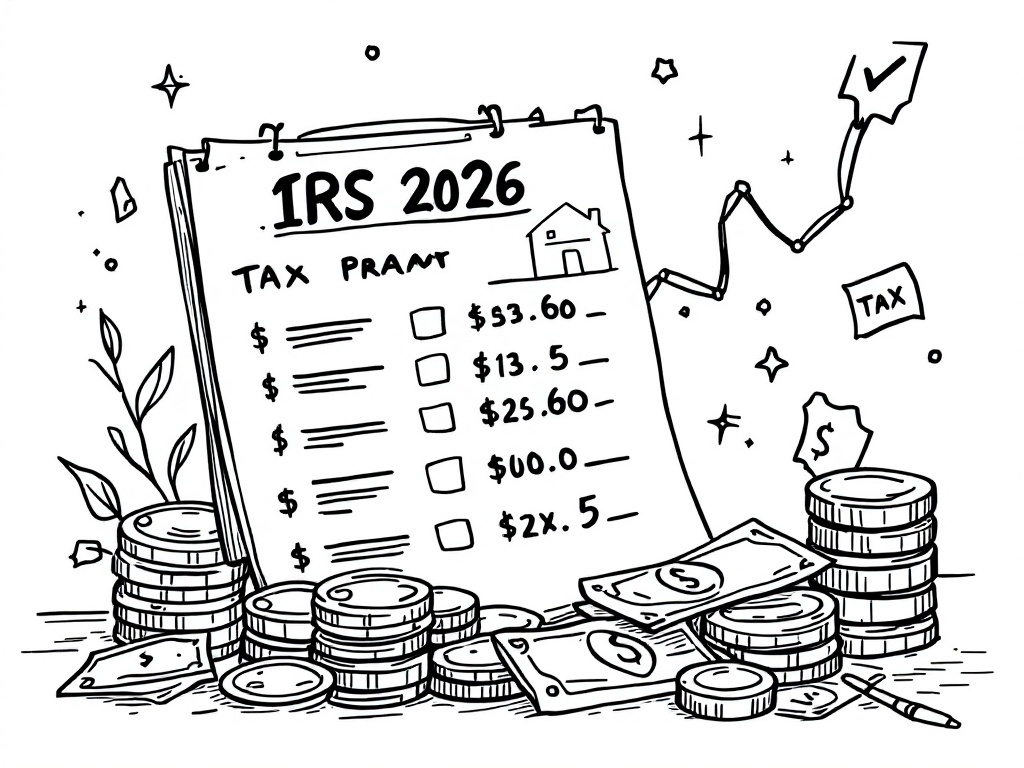IRS Announces 2026 Tax Brackets and Increased Deductions Amid Inflation

Washington, Friday, 10 October 2025.
The IRS unveiled 2026 tax updates, including raised standard deductions and tax brackets, to counter inflation’s impact on taxpayers. Key changes include a $32,200 deduction for married filers.
Inflation-adjusted Tax Brackets
The Internal Revenue Service (IRS) has announced the new federal income tax brackets for 2026. These adjustments are part of an annual effort to account for inflation and prevent ‘bracket creep,’ where inflation pushes taxpayers into higher income tax brackets or reduces the value of credits, deductions, and exemptions. The top tax rate will remain at 37%, applicable to single taxpayers with incomes over $640,600 and married couples filing jointly with incomes over $768,700 [1][2].
Increased Standard Deductions
Significant changes include an increase in the standard deduction, which rises to $32,200 for married couples filing jointly, $16,100 for single filers, and $24,150 for heads of households. This marks a noticeable increase from 2025, when the deductions were $31,500 for married couples, $15,750 for single filers, and $23,625 for heads of households [3][4]. The goal of these adjustments is to alleviate some of the financial pressure that inflation imposes on taxpayers by allowing them to deduct more of their income from taxation.
New Tax Credits and Adjustments
The IRS has also increased the maximum Earned Income Tax Credit (EITC) to $8,231 for families with three or more children, up from $8,046 in 2025. Additionally, the estate tax exclusion rises significantly to $15 million in 2026, a notable increase from $13.99 million in 2025 [5][6]. These changes, driven by the One Big Beautiful Bill Act signed earlier this year, aim to offer more substantial financial support to families and ease the burden of estate taxes.
Impact on Economic Planning
The adjustments to the tax brackets and deductions are expected to play a crucial role in economic planning for individuals and businesses in the upcoming years. With these changes set to take effect on January 1, 2026, and impacting tax returns filed in 2027, taxpayers should consider these updates in their financial strategies. This proactive approach by the IRS underscores the importance of aligning tax policies with current economic conditions to minimize fiscal strain on taxpayers [7][8].
Sources
- www.axios.com
- www.foxbusiness.com
- taxfoundation.org
- www.cbsnews.com
- www.cnbc.com
- www.forbes.com
- www.marketwatch.com
- www.asppa-net.org